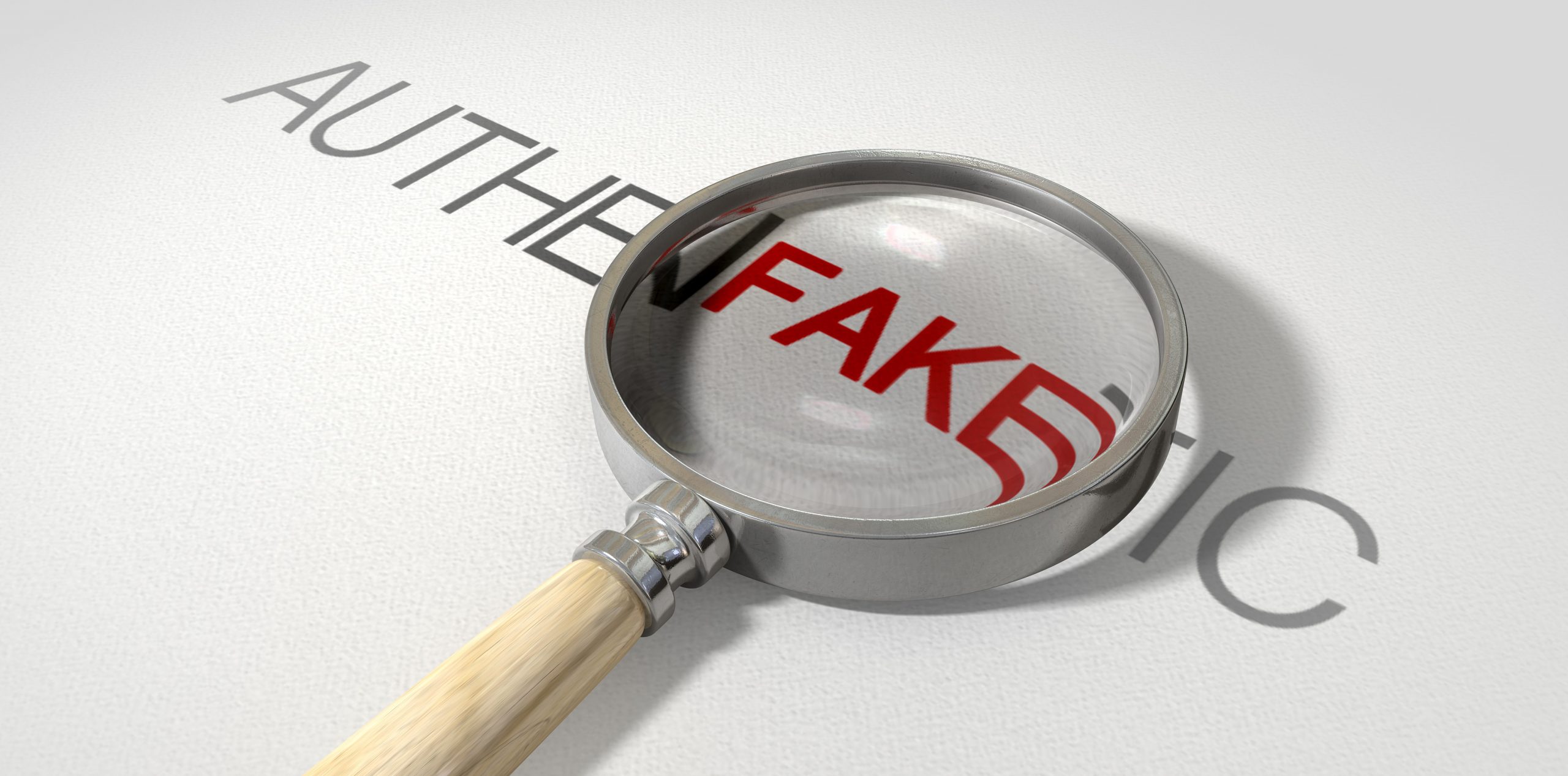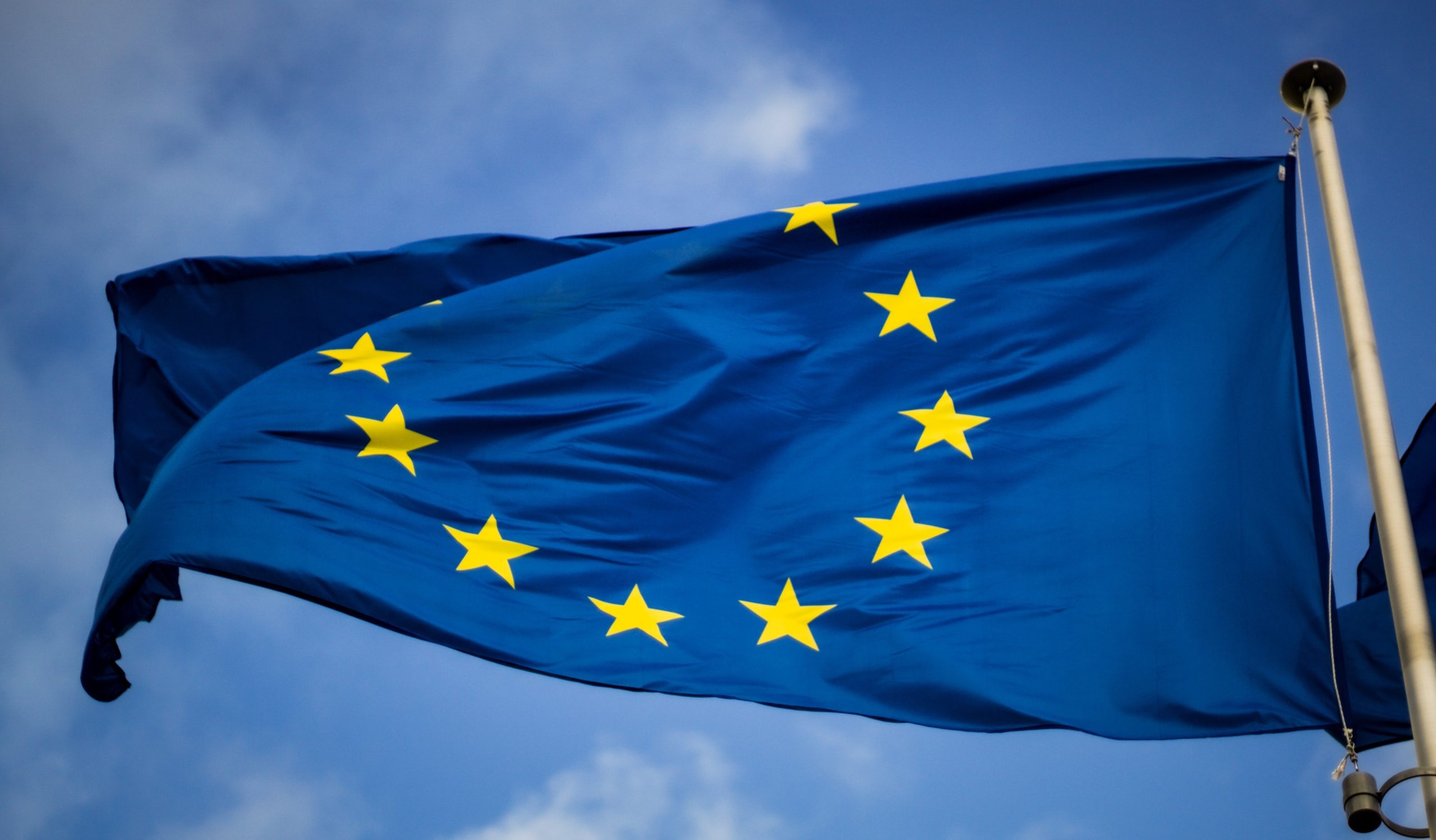This is the reposting of a comment first published on Michael Geist’s blog at http://www.michaelgeist.ca
File sharing of music has been part of the Internet landscape for well over a decade, but the debate over its economic impact continues to rage. The issue has come to fore once again in recent weeks after Columbia University’s American Assembly released an excerpt of a report that found that peer-to-peer users purchase 31 percent more downloads than non-P2P users. The NPD Group, which conducts industry analysis for the Recording Industry Association of America, quickly responded with data that purports to show that among music buyers, both P2P and non-P2P users spend about the same, though P2P users spend more on merchandise and concert tickets. The NPD Group dismisses the additional spending, arguing “it would be silly” to concluded the P2P promotes merchandise or ticket sales.
While there have since been responses from the American Assembly and further promotion of the NPD Group findings from the RIAA (along with coverage from CNET and TorrentFreak), no one seems to have picked up on the basic math error from NPD Group. The NPD Group post ironically starts with:
I often think you ought to have a license to publish data, especially these days, when misinterpreted statistics easily make their way to the blogosphere, and thus become truth.
Yet take a closer look at its own data in a chart that has been replicated throughout the blogosphere.
It adds spending for physical CDs, paid downloads, and subscription fees for music buyers of both P2P users and non-P2P users aged 18-35: P2P users spend $62 per year, while non-P2P users spend $54. The chart lists the subtotal and then shows merchandise and concert ticket revenues, where P2P users spend far more ($52 to $20 for merchandise, $91 to $63 for concert tickets). The grand total is listed as $267 for P2P users and $191 for non-P2P users, a difference of 35.6 percent.
Oddly, this chart contains math errors for both non-P2P users (the total should be $192 not $191) and P2P users (the total should be $268 not $267), though perhaps this is due to rounding errors from the original data. More important, however, is a bigger math error in the chart as NPD Group significantly understates the difference between P2P and non-P2P users. In arriving at the grand total, it adds all the categories (physical CDs, paid downloads, subscription fees, merchandise, and concert tickets) plus the sub-total. In other words, it double counts the physical CDs, paid downloads, and subscription fees. The actual grand total of the five categories of spending is $206 per year for P2P users and only $138 for non-P2P users for a difference of 49.3 percent. There is obvious irony in NPD Group talking about the need for a licence to publish data only to get its math wrong, yet the real significance is that few would credibly argue that a nearly 50% increase in spending by P2P users can be simply chalked up to unsupported claims that P2P usage had no impact on consumer purchasing behaviour.


